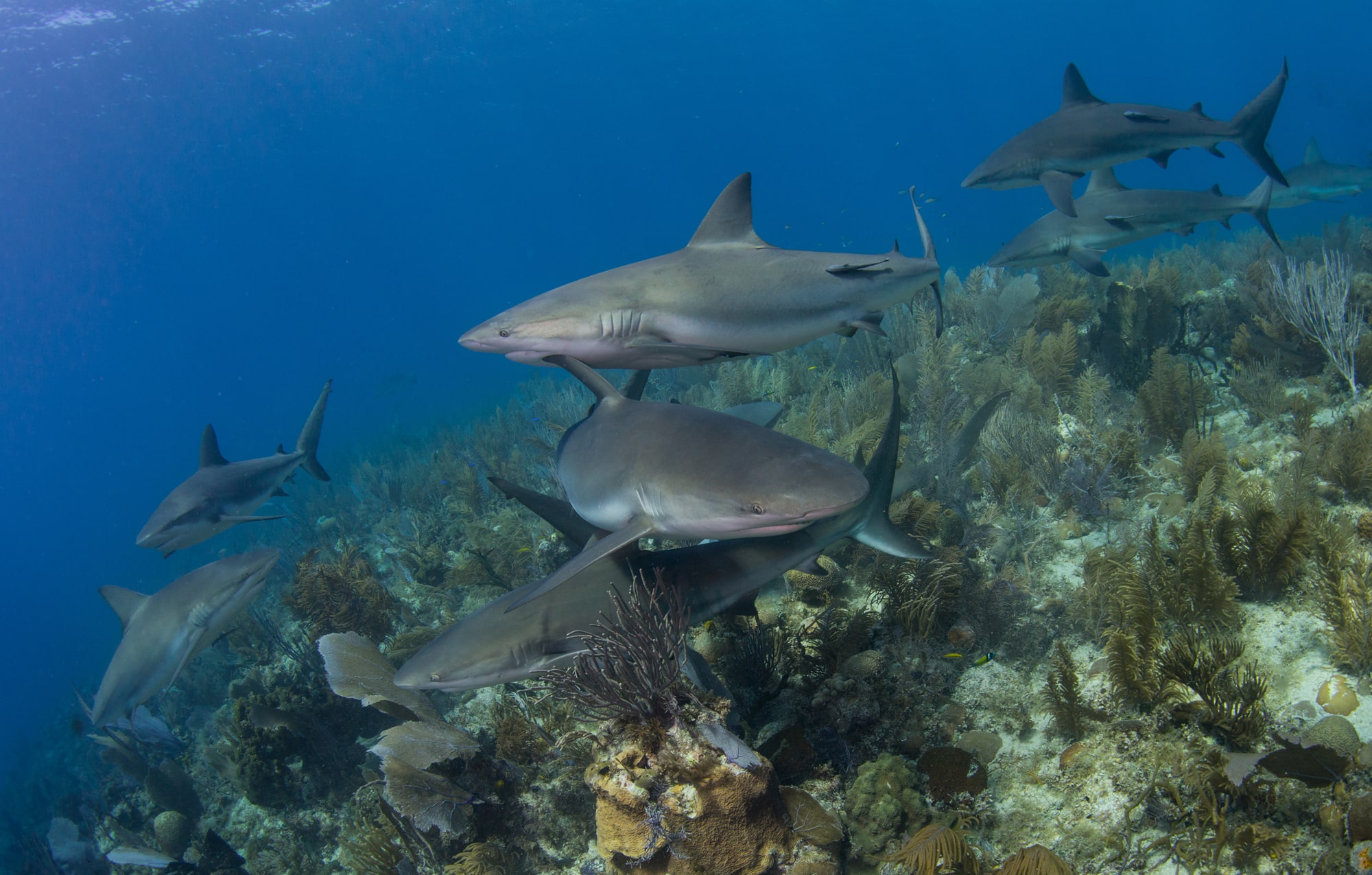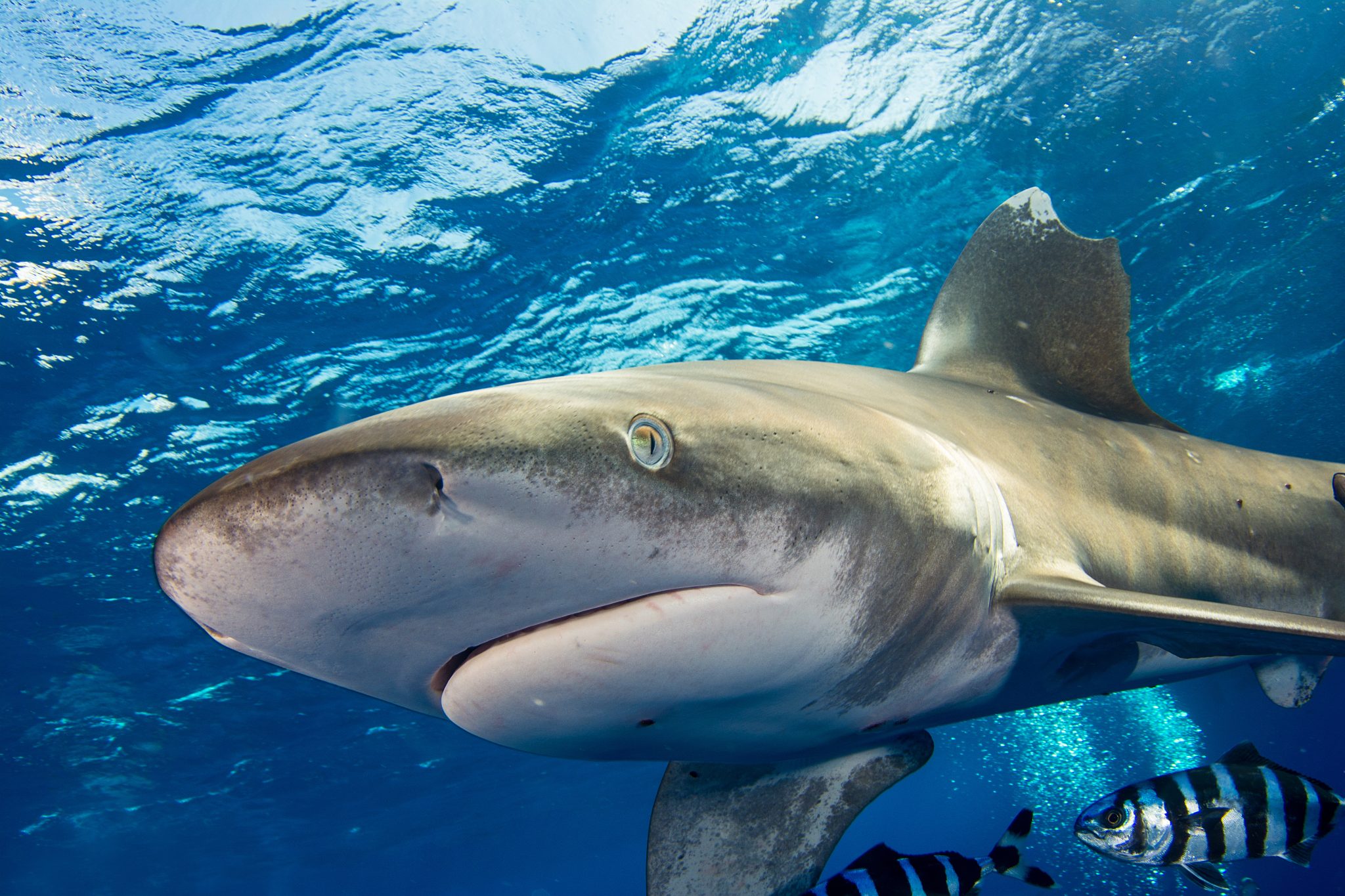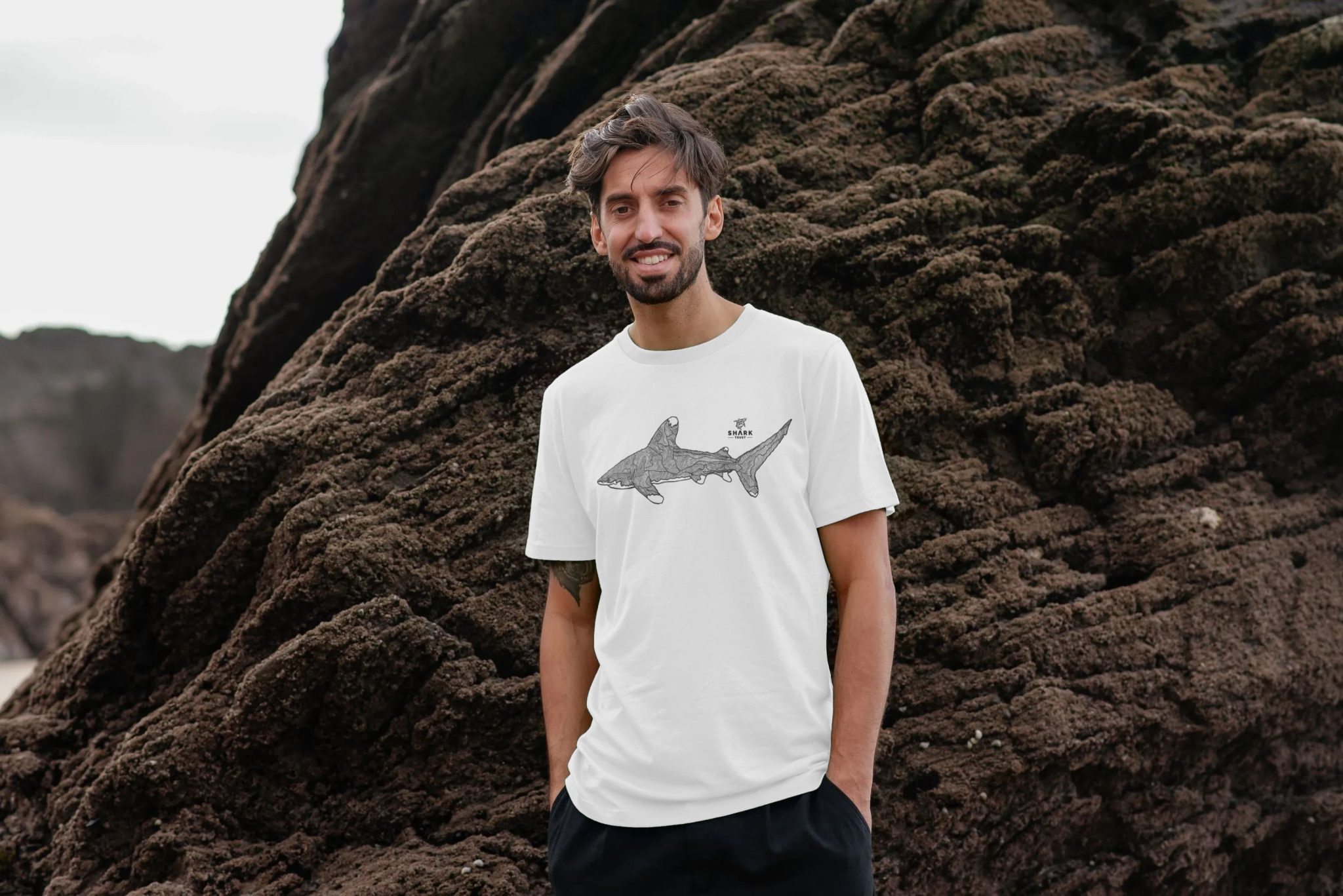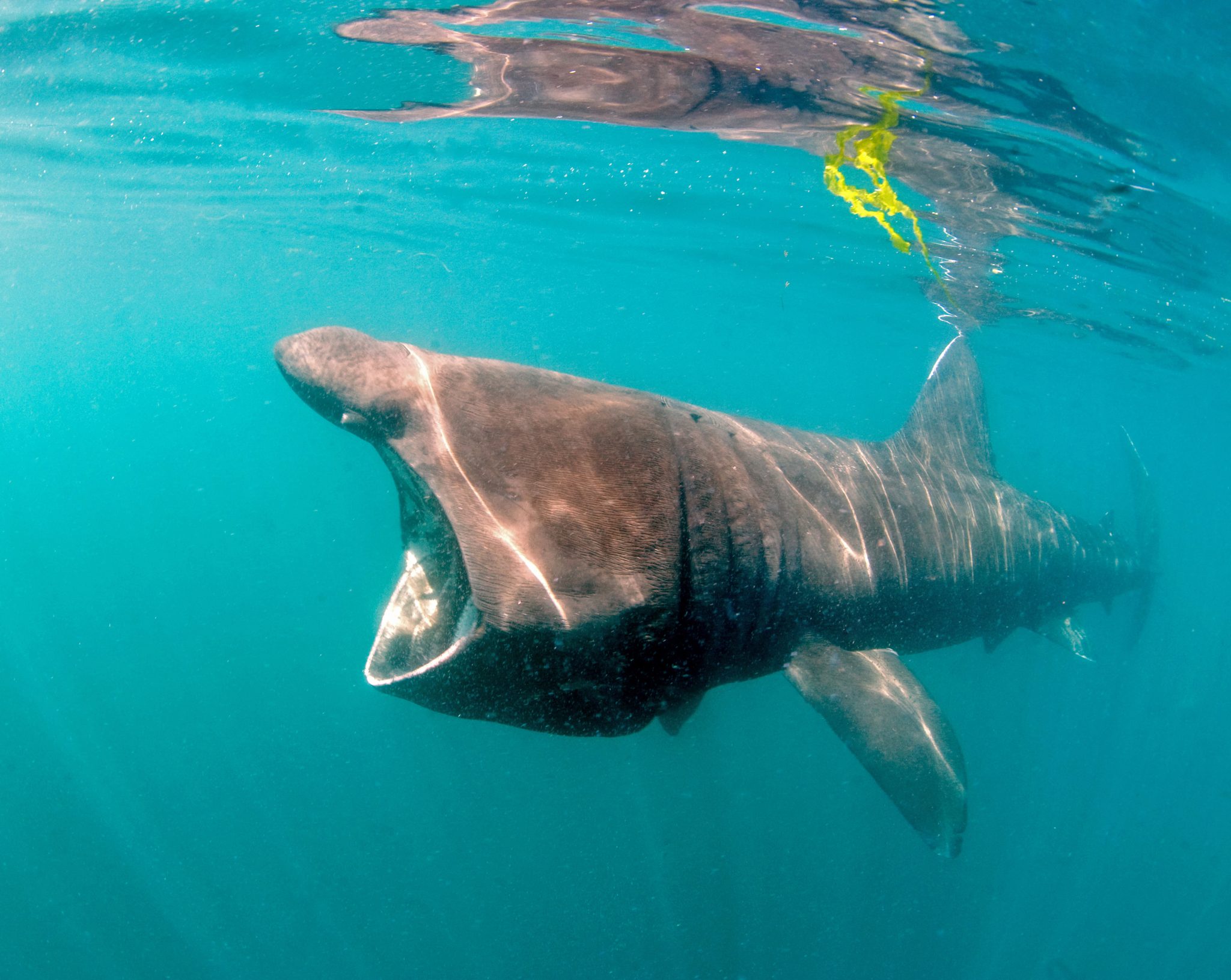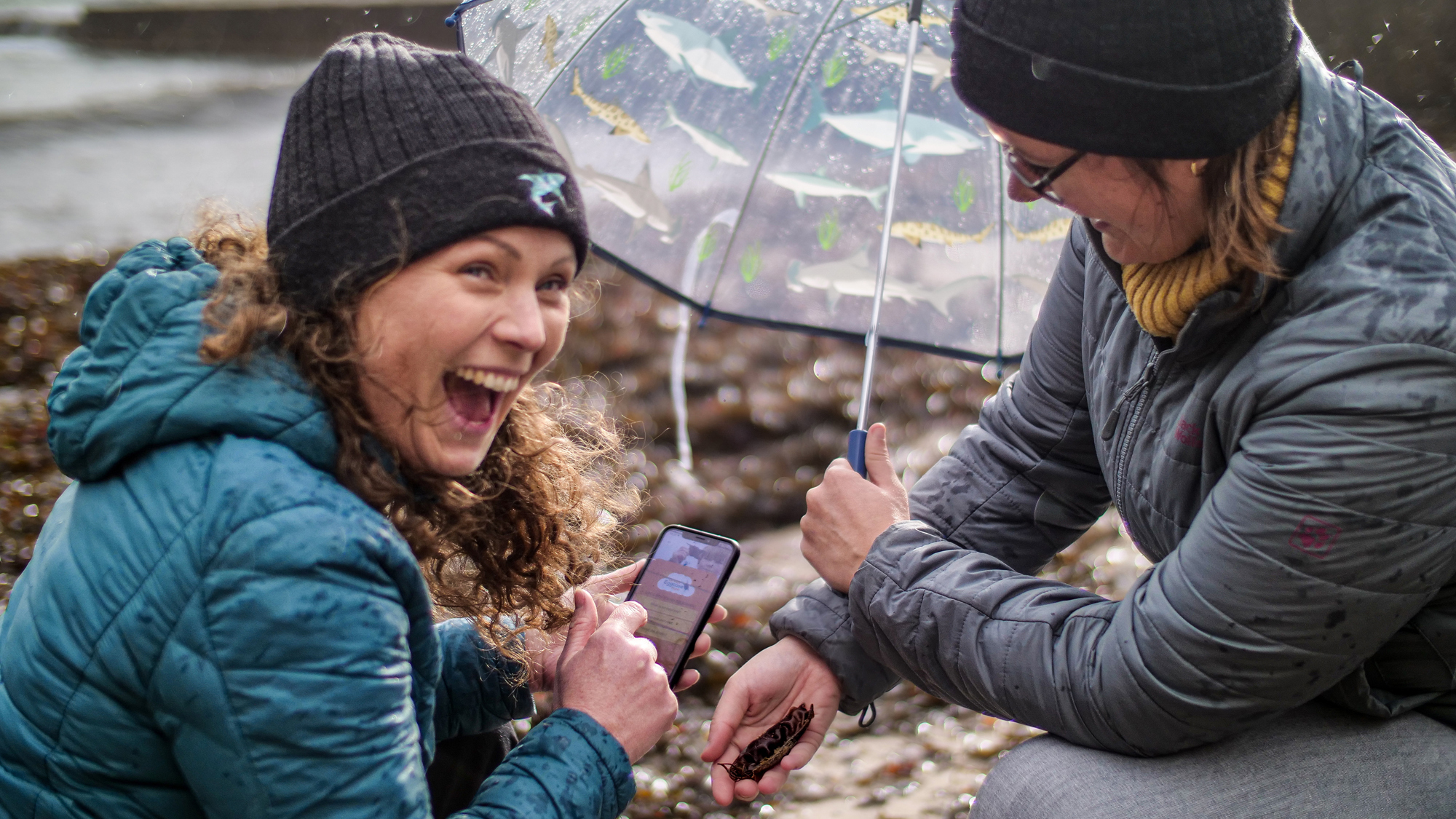Marine Life & Conservation
Making Climate a Blue Issue

Intro – Jeff Goodman
Climate change is affecting us all. We feel it in our day to day lives, but it is arguably in the oceans of the world the greatest changes are taking place – and most people don’t even know it’s happening.
The article below is written by David Helvarg, Author & President, Blue Frontier Campaign and is from the BLUE FRONTIER CAMPAIGN web site: http://www.bluefront.org
Thunder snow, super-storms, dust storms, arctic melting and coral bleaching have existed but not as a regular part of our language ‘til fossil fuel fired climate change kicked in. You know you’re in the greenhouse century when the 13 hottest years on record have all occurred since 1998 and last year, 2012, was the hottest in U.S. history, with a major drought, record fire season, sweltering summer and Hurricane Sandy. Of course no single event can be linked to human-enhanced climate disruption, just like no single Tour de France victory by Lance Armstrong can be attributed to his doping, but the trend line is there.
I’ve reported on oil and climate impacts from Antarctica to the Persian Gulf, the Gulf of Mexico, Fiji, Australia, Florida, lower Manhattan and offshore California. And in speaking with scientists in all those places I’ve found two common themes: One, the role of the ocean in climate change is not well enough understood but the impacts, like altered ecosystems and the shifting pH called ocean acidification are already occurring. Two, this is the first environmental story where the scientists are more alarmed than the public.
I first learned about global warming interviewing Roger Revelle, the father of modern U.S. oceanography, back in the 1980s. In the 1950s he and Dr. Charles Keeling, measuring atmospheric CO2 from an observatory in Hawaii, discovered industrial carbon dioxide was increasing in the atmosphere and warned of a warming “greenhouse effect.” That became established science at the time and still is.
Yet it was only in the 1990s that climate scientists were able to resolve one of their vexing issues, why the atmosphere wasn’t heating even more rapidly given this build up. The answer was the ocean was absorbing a lot of human-generated CO2, converting it to carbonic acid. The carbonic acid has shifted the pH of the ocean causing surface waters to be 30 percent more acidic than in the early 19th century and possibly up to 150 percent more acidic by the end of this century. That will change the chemical makeup of the ocean to what it was 20 million years ago when it was a less friendly place for shell forming critters like oysters, corals and certain plankton but a fine soup for bacterial mats and jellyfish (both of which are booming today). Warmer, more acidic waters also hold less dissolved oxygen and that is bad news for the entire food web.
Still, there are a couple of ocean conservation groups who talk about ocean acidification (OA) without mentioning climate change because they fear it is too much of a “hot button” issue. This, to me, is like trying to have a discussion about damaged battleships at Pearl Harbor in 1941 without mentioning the Japanese.
Author and activist Bill McKibben and his climate group 350.org take a different approach. They’re mobilizing armies of people, most recently in Washington, D.C. to demand an end to the political stranglehold the fossil fuel industry has over much of our government and a rapid transition to clean energy. Unfortunately the marine conservation community is not bringing a lot of added value to this new populist upsurge.
Yet we are slowly beginning to see some good responses to, for example, climate-linked coastal disasters like Katrina and Sandy, from government, the private sector and the seaweed groups that influence them. One positive sign is New York Governor Cuomo’s call to use $400 million of federal disaster relief to buy back destroyed homes and structures in coastal flood zones from willing sellers, a strategy known as ‘planned retreat.’ The Metropolitan Waterfront Alliance has developed a waterfront action agenda for adapting New York City’s shores to the rising seas around it. In Louisiana, the state is committing its federal Restore Act funds from the BP blowout to actually restoring the coastal wetlands that protect New Orleans and other population centers, while the Gulf Restoration Network continues working to promote region-wide restoration of the coastal ecosystems that protect us all. In Washington state, long-time Surfrider member and state senator Kevin Ranker has introduced legislation to address the threat of OA that is already impacting the larval oysters at Taylor Shellfish and other aquaculture companies operating in state waters.
And, as I report in my new book The Golden Shore, California is now emerging as the nation’s leader in planning and adapting for coastal climate impacts. Moreover it’s established its own climate plan including a cap and trade emissions reduction program in response to the federal government’s failure to act. It’s no coincidence that if you go to our Blue Movement Directory you’ll find California has more seaweed groups fighting to protect and restore our public seas than any other state. Ocean action comes in response to citizen engagement. It is a huge challenge for the marine conservation community to understand how these local and state initiatives can be scaled up and made part of a common national and global strategy for our emerging blue movement.
It’s increasingly clear that if we’re to succeed as an ocean and coastal movement than climate will have to become one of our core issues. Even if we address the other cascading marine disasters of industrial overfishing, oil, plastic, chemical and nutrient pollution and loss of habitat, we could still have dying and disrupted seas just from the impacts of climate change alone. The challenge is to respond in time.
Marine Life & Conservation
Leading UK-based shark conservation charity, the Shark Trust, is delighted to announce tour operator Diverse Travel as a Corporate Patron
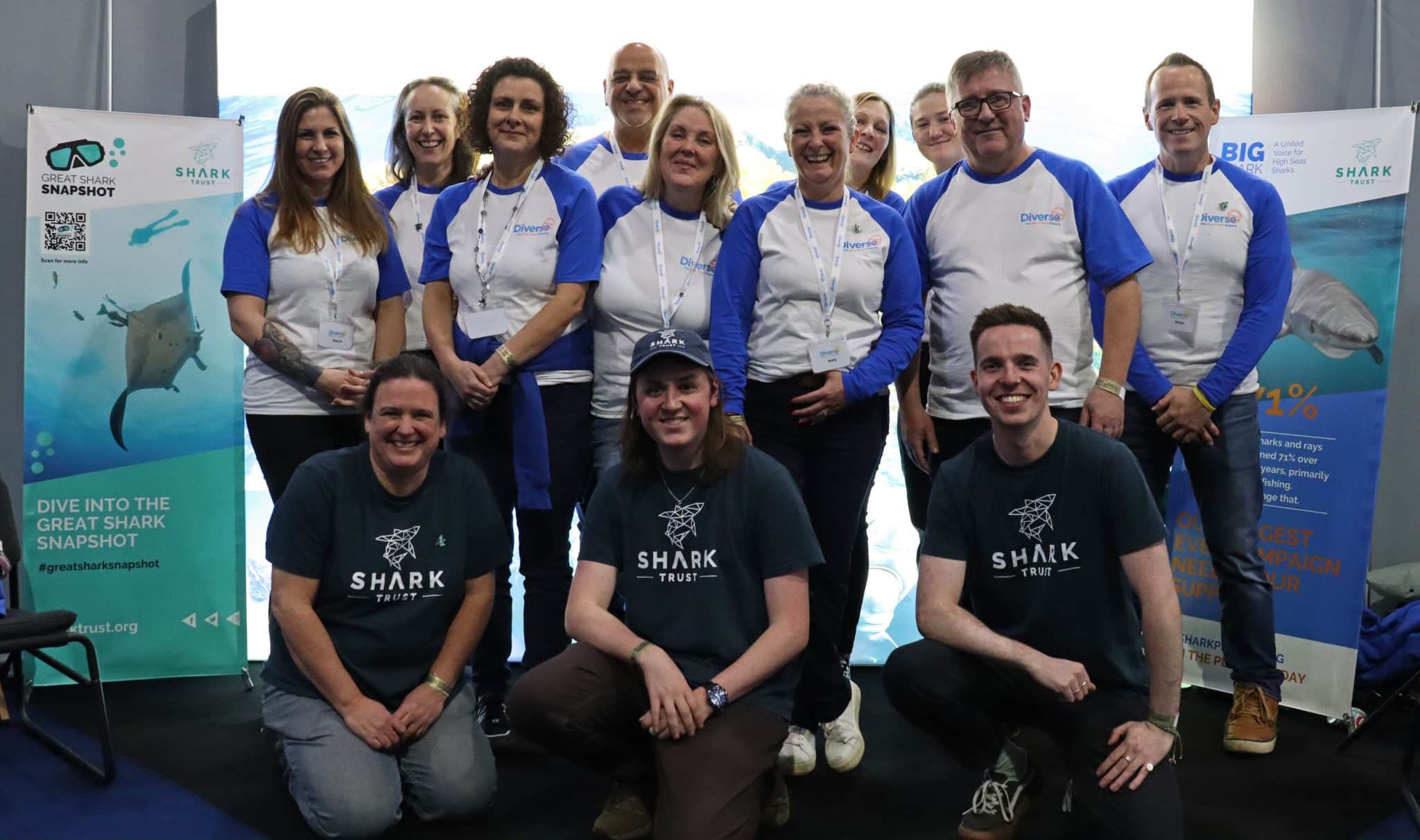
 Corporate Patrons provide a valuable boost to the work of The Shark Trust. The Trust team works globally to safeguard the future of sharks, and their close cousins, the skates and rays, engaging with a global network of scientists, policymakers, conservation professionals, businesses and supporters to further shark conservation.
Corporate Patrons provide a valuable boost to the work of The Shark Trust. The Trust team works globally to safeguard the future of sharks, and their close cousins, the skates and rays, engaging with a global network of scientists, policymakers, conservation professionals, businesses and supporters to further shark conservation.
Specialist tour operator Diverse Travel has operated since 2014 and is committed to offering its guests high quality, sustainable scuba diving holidays worldwide. Working together with the Shark Trust will enable both organisations to widen engagement and encourage divers and snorkellers to actively get involved in shark conservation.
“Sharks are truly at the heart of every diver and at Diverse Travel, we absolutely share that passion. There is nothing like seeing a shark in the wild – it’s a moment that stays with you forever!” says Holly Bredin, Sales & Marketing Manager, Diverse Travel.
“We’re delighted to celebrate our 10th year of business by becoming a Corporate Patron of the Shark Trust. This is an exciting partnership for Diverse and our guests. We will be donating on behalf of every person who books a holiday with us to contribute towards their vital shark conservation initiatives around the world. We will also be working together with the Trust to inspire divers, snorkellers and other travellers to take an active role – at home and abroad – in citizen science projects and other activities.”
Paul Cox, CEO of The Shark Trust, said:
“It’s an exciting partnership and we’re thrilled to be working with Diverse Travel to enable more divers and travellers to get involved with sharks and shark conservation. Sharks face considerable conservation challenges but, through collaboration and collective action, we can secure a brighter future for sharks and their ocean home. This new partnership takes us one more valuable step towards that goal.”
For more information about the Shark Trust visit their website here.
For more about Diverse Travel click here.
Marine Life & Conservation
Shark Trust Asks Divers to help with Shark Sightings this Global Citizen Science Month
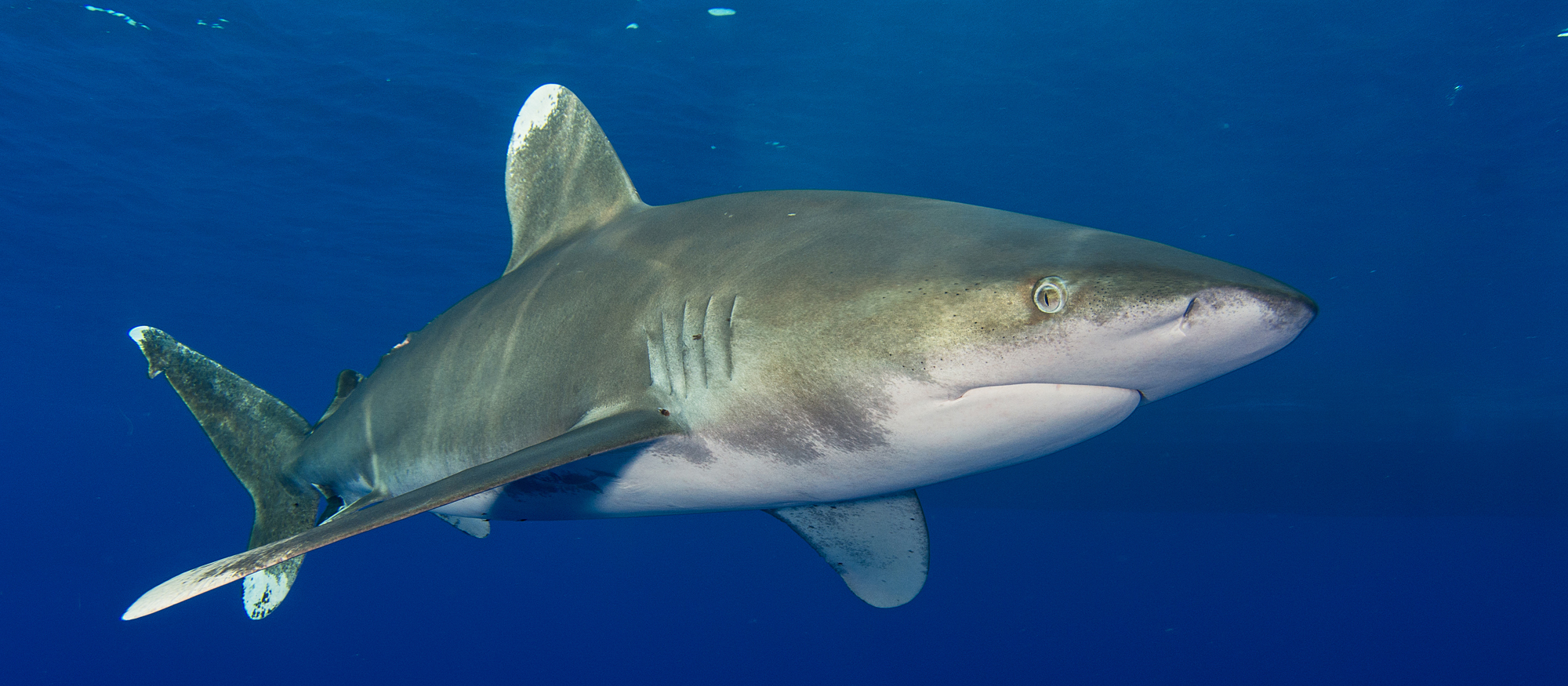
 Whether you are stuck for ideas of what to do with the kids or are off on the dive trip of your dreams. You can get involved in Citizen Science Month and help the Shark Trust by providing vital data about sharks are rays both close to home and further afield.
Whether you are stuck for ideas of what to do with the kids or are off on the dive trip of your dreams. You can get involved in Citizen Science Month and help the Shark Trust by providing vital data about sharks are rays both close to home and further afield.
In addition to reporting the sharks and rays you see on your dives, the eggcases you find on the beach, the Shark Trust is looking for some specific data from divers who are asked to report any Oceanic Whitetip and Basking Sharks.
Oceanic Whitetip Sharks
The Shark Trust are looking specifically for Oceanic Whitetip Shark sightings over the coming weeks and months. So, if you are diving anywhere in the world, please report your sightings via the website or app.
Website: https://recording.sharktrust.org/
App: Search The Shark Trust in your app store
The Oceanic Whitetip. Known for their incredibly long dorsal and pectoral fins, this species was once the most abundant oceanic-pelagic species of shark on the planet.
Large and stocky, they are grey or brown above, and white below and famous for their huge rounded first dorsal fin and paddle-like pectoral fins. The fins also highly prized within the shark fin trade. Whilst they are mostly solitary, Oceanic Whitetips do occasionally hunt in groups.
An inquisitive species, they were easy prey for fisheries. Combined with their low reproductive rate, they were inevitably at high risk of population depletion. And declines of up to 99% have been reported in certain sea areas. They are listed as Critically Endangered on the IUCN Redlist (2019).
Conservation efforts to discourage further declines include listing on CITES Appendix II and CMS Appendix I. They’re also the only species prohibited from take by all the Tuna RFMOs (Regional Fisheries Management Organisations). However, these measures do not mean that Oceanic Whitetips are not still caught – whether targeted or as bycatch – in some parts of the world. With populations declining at such a high rate, effective implementation of management measures is essential to ensure that the species can recover.
If you are lucky enough to get an image of an Oceanic Whitetip and you record your sighting on the Shark Trust app or website YOU CAN WIN! All images submitted with sightings, that also give consent to use in conservation messaging, will be in with a chance to win an Oceanic Whitetip T-shirt and mug. The competition will run until the end of “Shark Month” in July – so keep those sightings (and images) coming in.
Basking Sharks
Basking Shark (Cetorhinus maximus) season is upon us, and the Shark Trust is asking everyone to keep an eye out for these majestic giants over the summer months. If you see any, you can record your sighting to the Basking Shark Sightings database.
Each year, these mighty fish return to British waters to feed on plankton. You may see one, (or a few if you’re really lucky) from around April-October. They can be seen feeding at the surface of the water, where they look like they’re basking in the sun. Thus, their name!
Sighting hotspots around the British Isles include southwest England, Isle of Man, north coast of Ireland, and western Scotland. The Sea of the Hebrides is the most prolific sightings area in Scotland, but they have been spotted all around the coast and have even ventured into some of the sea lochs. The Shark Trust has received thousands of sightings since the Basking Shark project began, but more data is needed to truly understand what is going on with population numbers and distribution. You can help by recording your sightings this summer.
Great Eggcase Hunt
The Shark Trust has an Easter Egg Hunt with a difference for you to try. Take part in the Great Eggcase Hunt and get involved with a big citizen science project that helps shark, ray and skate conservation. And it’s an enjoyable activity for all the family.
The Shark Trust also want snorkellers and divers to record their underwater eggcase findings. Underwater records help pinpoint exactly where sharks and skates are laying their eggs and can help link to beach records. Learning the depth and substrate that they lay on also helps better understand the species.
Find out more: https://www.sharktrust.org/great-eggcase-hunt
Whether you are diving, snorkelling or exploring on the beach you can take part in Citizen Science Month and get actively involved in shark and ray conservation. Find out more: www.sharktrust.org
-

 News3 months ago
News3 months agoHone your underwater photography skills with Alphamarine Photography at Red Sea Diving Safari in March
-

 News2 months ago
News2 months agoCapturing Critters in Lembeh Underwater Photography Workshop 2024: Event Roundup
-

 Marine Life & Conservation Blogs2 months ago
Marine Life & Conservation Blogs2 months agoCreature Feature: Swell Sharks
-

 Blogs1 month ago
Blogs1 month agoMurex Resorts: Passport to Paradise!
-

 Gear News3 months ago
Gear News3 months agoBare X-Mission Drysuit: Ideal for Both Technical and Recreational Divers
-

 Blogs2 months ago
Blogs2 months agoDiver Discovering Whale Skeletons Beneath Ice Judged World’s Best Underwater Photograph
-

 Gear Reviews2 months ago
Gear Reviews2 months agoGear Review: Oceanic+ Dive Housing for iPhone
-
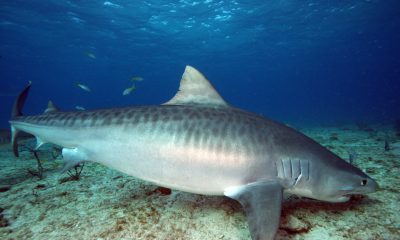
 Blogs3 months ago
Blogs3 months agoThe Thrilling Encounter with Tiger Sharks at Beqa Lagoon’s ‘The Colosseum’ with Coral Coast Divers



